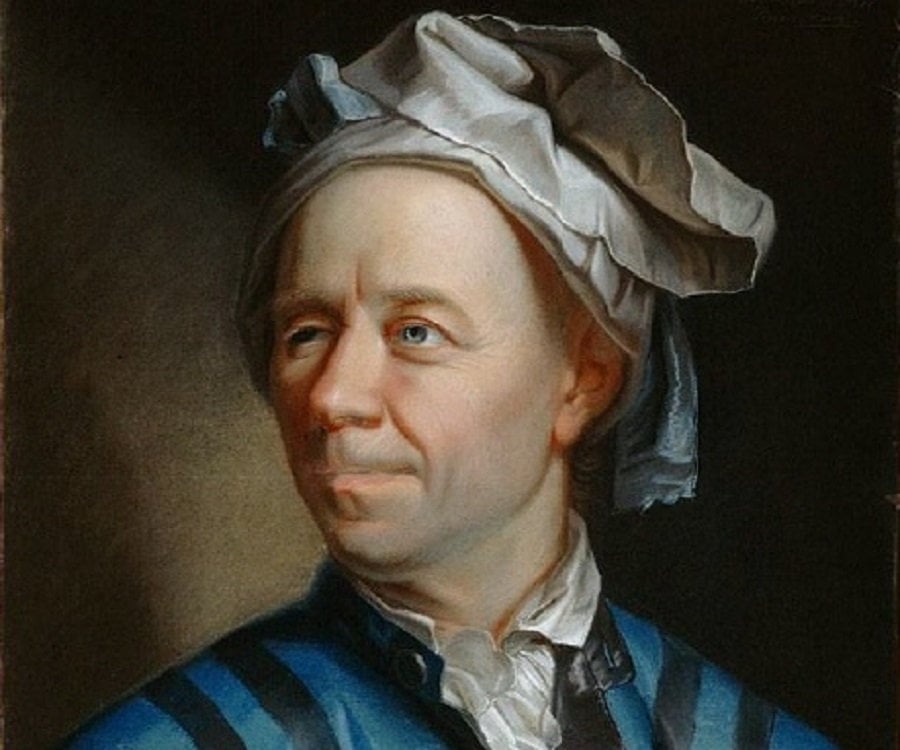I’m already so done with this course.
My textbook:
p: “The weather is bad.”
Exercise:
Represent “the weather is good” using logical symbols.
Me: How am I supposed to answer that? You didn’t give me a letter for that. I guess I’ll use q?
Expected answer: ~p
THIS IS LITERALLY THE CLASS ABOUT LOGIC DHDJFBDHDJDHDHDH
Who let neurotypicals write a logic textbook istg


funnily enough, there exists an empty set, which contains no elements (none), but there doesn’t exist a “full” set which contains “all” elements. how interesting is that …
Um, but there is?
It’s called the universal set, and it contains all elements possible within the domain of consideration
the set that contains everything is not a (proper) set, according to 20th century mathematicians.
That’s because it would contain “impossible” elements, i.e. elements for which contradictory statements both hold true. That shakes the foundations of maths, so it’s typically excluded from maths, and not called a “set”. (it’s called “class” instead.)
Fair enough. Standard set theory would not allow for such a set to exist, and it would have to either be constructed in an alternate set theory with different axioms or, as you said, called a ‘class.’
But it’s not as if the concept isn’t there, it just needs a little special treatment.
well, yeah
what seems interesting to me is that these “impossible” mathematical objects typically have the property of being self-contradictory. That means, they include statements that contradict each other. Much like a human mind might contain desires that contradict one another. That’s what makes this point so fascinating to me:
Typically, in maths, we assume that objects are eternal. If you have an object, like the
exponential function, it’s always the same function, no matter when you refer to it. But in reality, things change. I find it utterly fascinating to model such things as well.